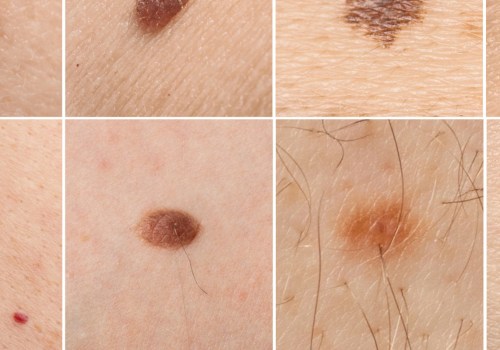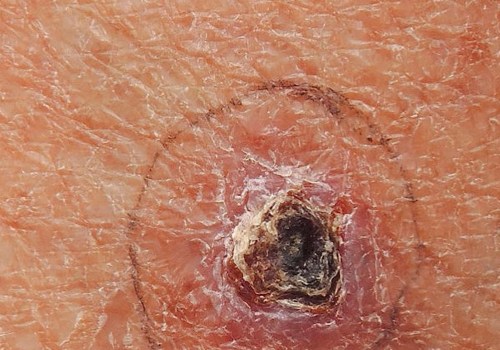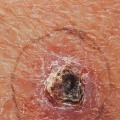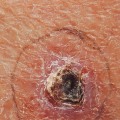Melanoma is a type of skin cancer that can be life-threatening if not detected and treated early. It is essential to be aware of the signs and symptoms of melanoma, as well as the methods used to diagnose it. This article will provide an overview of melanoma diagnosis, including the tests used and what to expect during the process.
What is Melanoma?
Melanoma is a type of skin cancer that develops in the cells that produce melanin, the pigment that gives skin its color. It is one of the most serious types of skin cancer and can spread quickly if not detected and treated early.Melanoma can occur anywhere on the body, but it is most commonly found on areas that are exposed to the sun, such as the face, arms, and legs.
Signs and Symptoms of Melanoma
The most common sign of melanoma is a change in the size, shape, or color of a mole. Other signs include a new mole or spot on the skin, a sore that does not heal, or a spot that itches, oozes, or bleeds. If you notice any changes in your skin, it is important to see a doctor right away.Diagnosing MelanomaIf your doctor suspects that you may have melanoma, they will likely order one or more tests to confirm the diagnosis. The most common test used to diagnose melanoma is a biopsy.During this procedure, a small sample of tissue is taken from the suspicious area and examined under a microscope. The biopsy can help determine if the cells are cancerous and if they have spread to other parts of the body.In addition to a biopsy, your doctor may also order imaging tests such as an X-ray or CT scan. These tests can help determine if the cancer has spread to other parts of the body. Your doctor may also order blood tests to check for certain proteins that can indicate the presence of cancer.What to Expect During DiagnosisThe process of diagnosing melanoma can take several weeks.
After your doctor orders tests, you will need to wait for the results. During this time, it is important to stay in contact with your doctor so they can answer any questions you may have about your diagnosis.Once your results are back, your doctor will discuss them with you and explain what they mean. Depending on your results, your doctor may recommend further testing or treatment. It is important to follow your doctor’s instructions and ask any questions you may have.
Conclusion
Melanoma is a serious type of skin cancer that can be life-threatening if not detected and treated early.If you notice any changes in your skin, it is important to see a doctor right away. Your doctor may order tests such as a biopsy or imaging tests to confirm the diagnosis. The process of diagnosing melanoma can take several weeks, so it is important to stay in contact with your doctor during this time.









